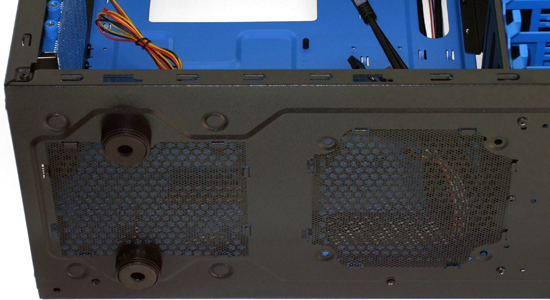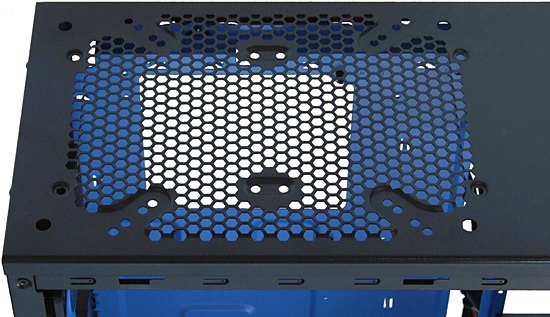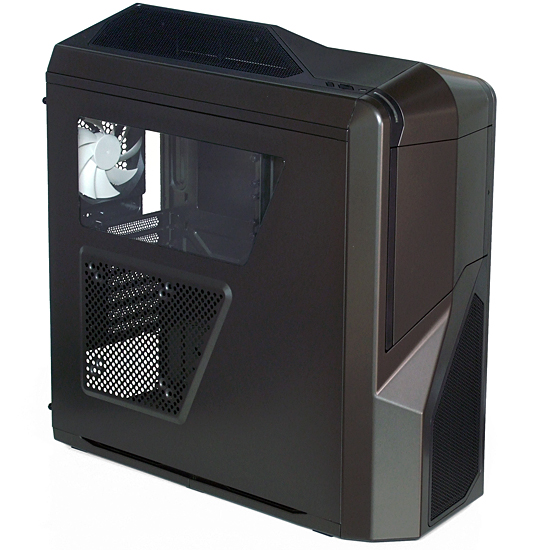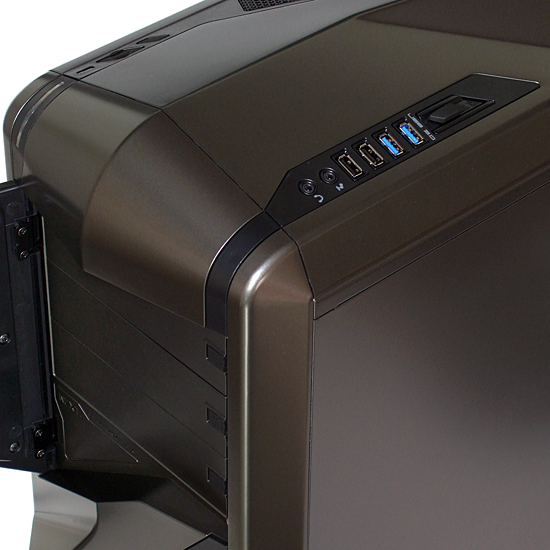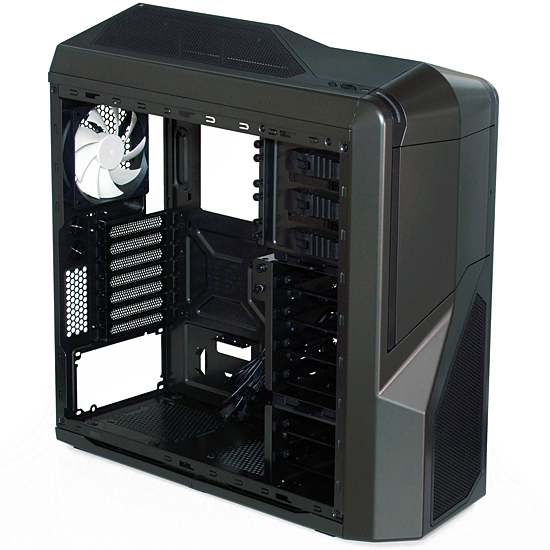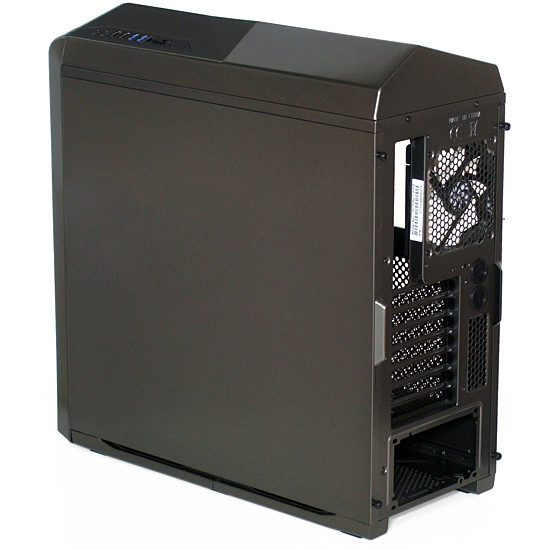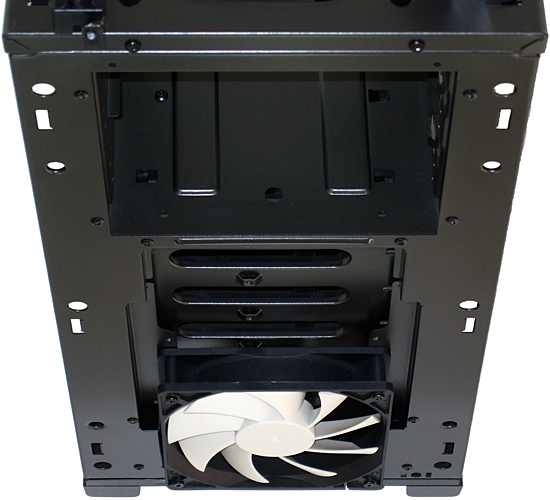In Pictures: Five Mainstream Gaming Cases, Previewed
We put out feelers for mainstream gaming cases priced between $80 and $120 and were surprised to receive 15 submissions. Today we cover the first five, giving you a virtual tour of each enclosure's features before our in-depth review later this week.
Stealth Intake
Though its product page lists support only for 120 mm fans, the MSI Stealth’s stock LED-lighted intake is dwarfed by a multi-fit grill with up to 180 mm fan spacing.
Among the case’s more annoying “features” are ports that are mounted directly to the plastic face, rather than the metal panel beneath. A hallmark of low-end competitors, this design detracts from what otherwise appears to be a mainstream product.
Stealth Dust Protection
MSI’s Stealth has very little dust protection, but the firm does put filters in the most important places. Power supplies are notoriously hard to clean and often die from poor ventilation, so MSI adds a somewhat-cumbersome filter sheet beneath it. The same type of filter is added to the adjacent fan mount.
Stealth Radiator Support
The Stealth’s top panel supports one large (up to 180 mm) or two 120 mm fans. That dual-fan option should allow some liquid cooling systems to fit above some motherboards. On the other hand, the lack of any offset away from the motherboard tray means that other liquid coolers could run into compatibility issues with other platforms. Clearly, this case is primarily designed for air-cooled configurations.
NZXT Phantom 410
NZXT presents the most elaborate design of this comparison’s cases, complete with a mildly-controversial inset drive door and a short-but-wide side window. A single fan mount on its left side supports additional graphics card cooling.
Phantom 410 Ports
Angled top-panel connectors and a drive door that swings to the left suggest that the Phantom 410 is designed to sit on the floor, next to your left leg. Features that then face toward you include a three-speed fan controller, two USB 3.0 ports, two USB 2.0 ports, and headset jacks.
Power and reset buttons are subsequently angled away.
Get Tom's Hardware's best news and in-depth reviews, straight to your inbox.
Inside The Phantom 410
Six hard drive trays face away from you after opening the Phantom 410’s left side panel, requiring the right panel to be opened for drive replacement. Four of those bays are easily removable.
Caging A Phantom 410
Removing the center drive cage allows builders to extend card space by five inches—to 16.8”. An adjustable and separately-removable fan mount on that same cage reduces card length in the top slot by one inch, to 10.8”.
Behind The Phantom 410
Like many of this round-up’s cases, the NZXT Phantom 410 uses replaceable mesh slot covers and a 120 mm exhaust fan to aid ventilation at the rear panel. The case also supports external liquid coolers, and includes factory-installed grommets on ingress/egress holes.
Phantom 410 Cable Management
Several holes in the Phantom 410’s motherboard tray support cable pass-through and CPU cooler installation. Grommets on large cable holes add style, as rolled edges on all holes prevent abrasion, even without the grommets.
All six hard drive trays are removed from this side, and all six support both 3.5” and 2.5” drives.
Phantom 410 Intake
The Phantom 410’s front panel supports two 120 mm fans, but includes only one. A wide spot in the center alternatively allows the installation of a single 140 mm fan.

